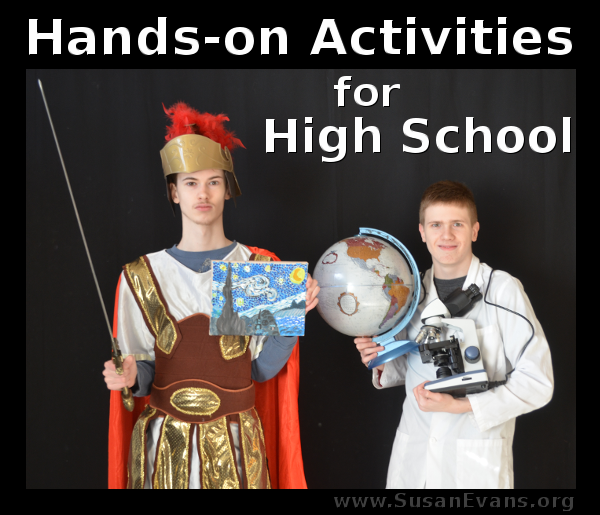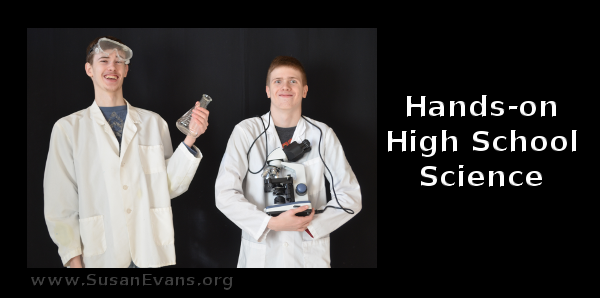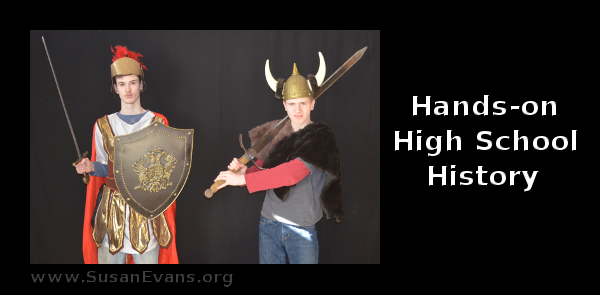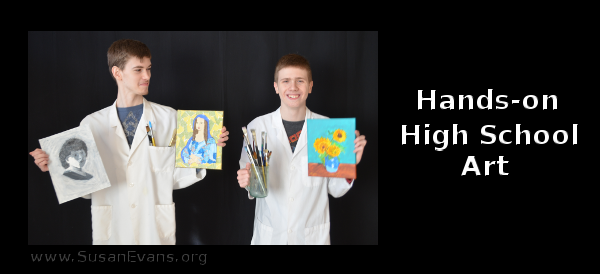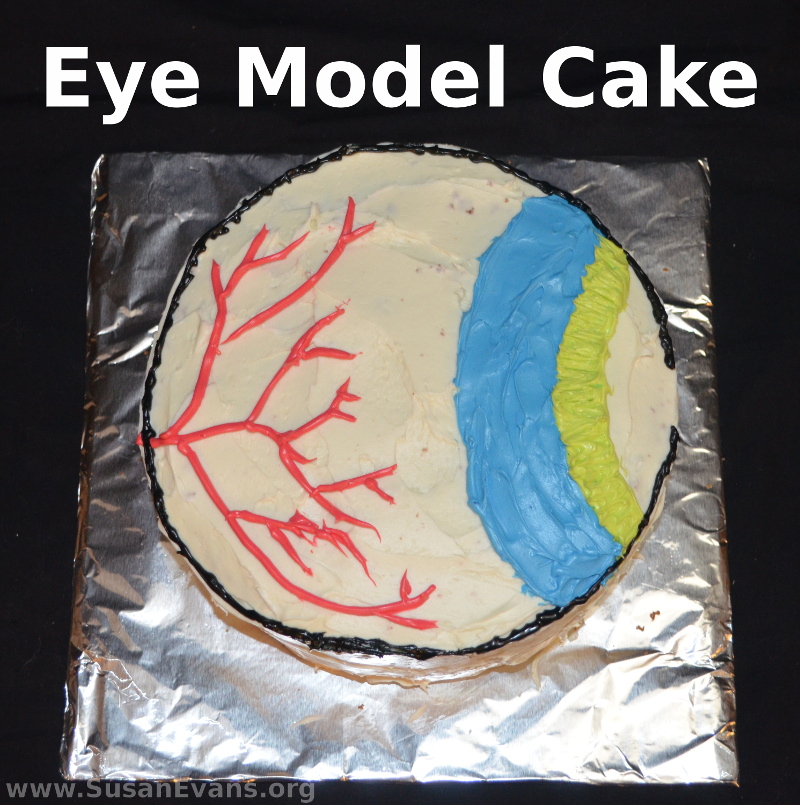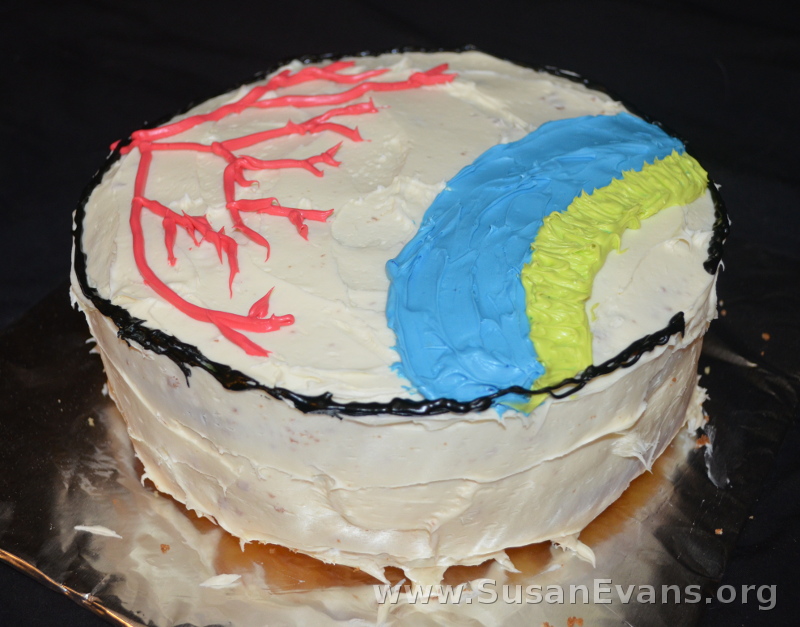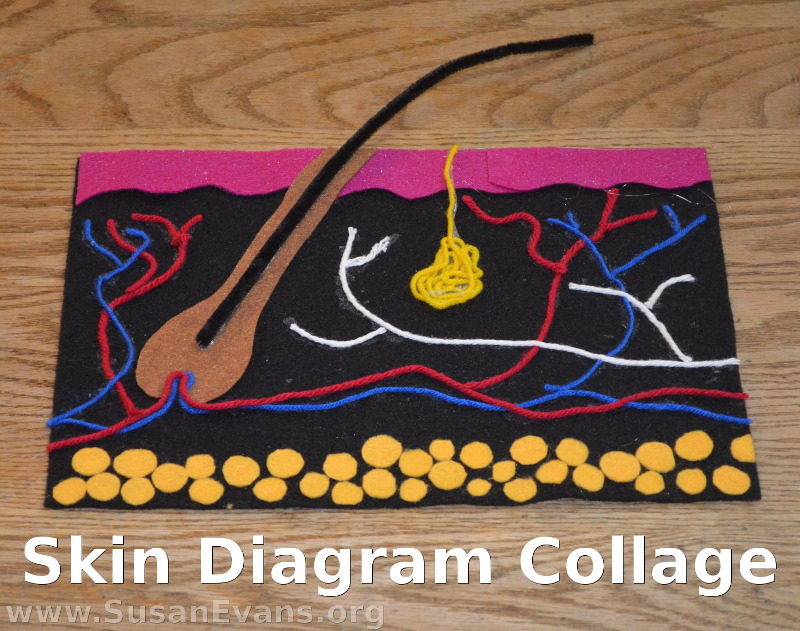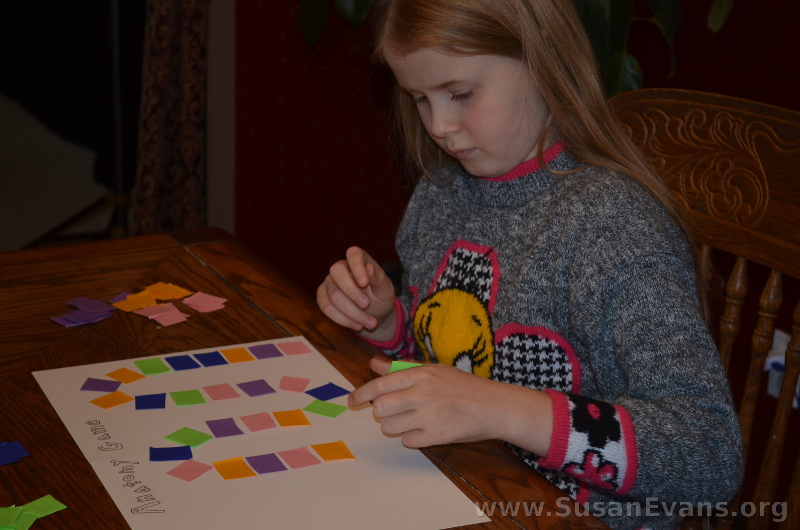It’s harder to find hands-on activities for high school than for elementary, but just because you are homeschooling teens doesn’t mean that your day has to be boring and tedious. Everyone learns better by doing–this is true for practical skills like driving and cooking, but also for academic knowledge like science and history. Take a look at our enormous list of fun hands-on activities for high school!
Hands-on High School Science Activities
High school sciences naturally lend themselves to hands-on activities because of the lab work required. But as you can see in the following list, you can also have fun with food, field trips, LEGOs, and even comedy to bring your science to life!
Biology
- LEGO Bacteria
- Amoeba Cake
- You Can Order Live Amoebas!
- LEGO DNA Transcription
- Extracting DNA
- Food Web Activity
- Squid Dissection
- Fish Hatchery
- Growing a Bean Seed
- Biology Comedy Show
- 22 exclusive high school biology videos in the Vault!
Chemistry
- LEGO Atomic Structure
- 35 exclusive high school chemistry videos in the Vault!
Human Anatomy
- How to Make a Skin Diagram Collage
- How to Make a Skin Model Cake
- LEGO Human Anatomy
- How to Make an Eye Model Cake
- Three-Dimensional Anatomy Poster
- 13 exclusive high school anatomy videos in the Vault, covering a full year of high school anatomy with every body system covered with hands-on activities!
Hands-on High School History Activities
Each of these activities are applicable to high school ancient history, even though we did many of them before the kids were teens. You would just expect more detail on each of the projects, and maybe a demonstration of the projects in front of a group of peers studying the same time period:
Ancient Egypt
- Egyptian Feast
- LEGO Ancient Egypt
- Drawing on Papyrus
- Sugar Cube Pyramids
- Mummy Dolls
- Sarcophagus Craft
- Embossing: Ancient Egypt Craft
- Cuneiform on Clay
- Hieroglyphs
- Egypt Cookies
- More exclusive videos of Ancient Egypt in the Vault!
Ancient Greece
- Greek Feast
- How to Make a Simple Greek Costume
- Foil Masks
- Mysterious Cracking Pots
- Make a Greek Pot with a Toy Pottery Wheel
- Basket Weaving
- Greek Art for Kids
- Ancient Greece Vase Cake
- Greek mythology unit study, The Iliad & The Odyssey unit studies, and many more hands-on videos in the Vault!
Ancient Rome
- How to Make an Italy Cake
- Roman Sculpture
- Rummy Roots Card Game
- Roman Coins Craft
- Colosseum Bricks: A Disaster
- Ancient Rome Comedy Show
- More exclusive videos of Ancient Rome in the Vault!
Middle Ages & Renaissance
- Toy Trebuchet
- Medieval Wax Seal
- Coat of Arms
- Shield Cake
- LEGO Castle
- Learn Archery
- Toy Castle Adventure
- Renaissance Unit Study
- Ode to the Mona Lisa
- Shakespeare in the Park
- San Felipe Castle Virtual Tour
- Life-sized cardboard castle, medieval feast, cathedral tour, and more in the Vault!
Civil War
- Create a Civil War Notebook
- Make a Confederate Flag
- Bake Civil War Treats
- Build Civil War scenes in LEGO
- Bake treats for Civil War Soldiers
- Graveyard rubbing from the Civil War Time Period
- 10 more exclusive hands-on Civil War videos in the Vault!
Modern History
- Modern History Notebook
- Trench Warfare Creative Writing
- Charlie Chaplin Assignment
- World War II Creative Writing
- The Hiding Place Summary
- Historic Tour of Spokane
- Victorian Campbell House Tour (Early 1900’s)
- LEGO Trench Warfare
- Antique Train Tour
- How to Teach the Great Depression
- LEGO Tanks of World War II
- Roaring Twenties Party with Head Band Craft
- 1950’s Party & Jukebox Cake
- 1970’s Retro Party
- 10 more exclusive modern history hands-on demonstrations in the Vault!
Hands-on High School Geography Activities
- How to Make a Flag Cake
- Make Your Own State Puzzle
- LEGO States
- Orange Globe
- Dolls Around the World
- Topography in LEGO
- World Cake
- More geography activities in the Vault!
Hands-on High School Math Activities
- LEGO Algebra: Learning Algebraic Formulas
- Pirates of Financial Freedom
- Rearranging a Room on Graph Paper
Hands-on Activities for High School Art
My high school students did a wonderful job with each of these famous artists, to learn their basic techniques and enjoy the works of the great artists:
- MC Escher Party
- Leonardo da Vinci Art Projects
- Rembrandt Art Projects
- Monet Art Projects
- Van Gogh Art Projects
- Picasso Art Projects
- Georgia O’Keeffe Art Projects
I hope you enjoyed this huge list of hands-on activities for high school! Come back to this page often, as I will be adding more posts, including some new high school government posts with video demonstrations!
